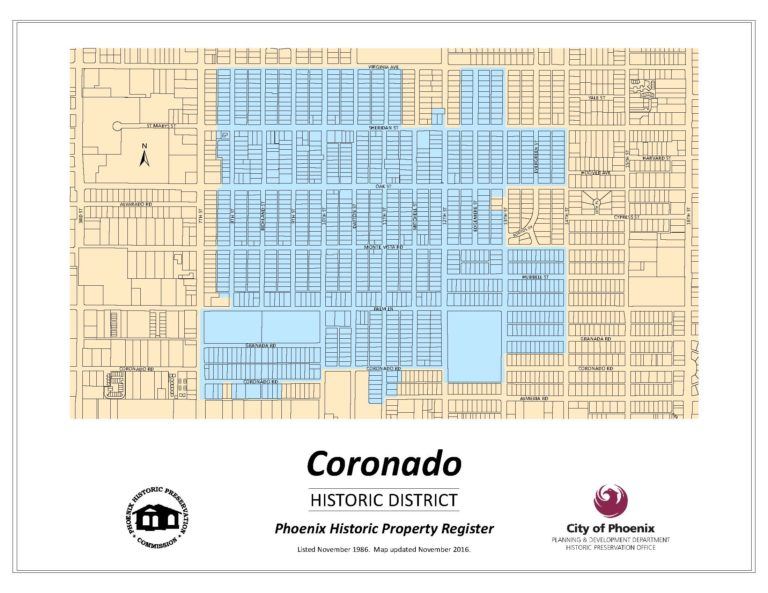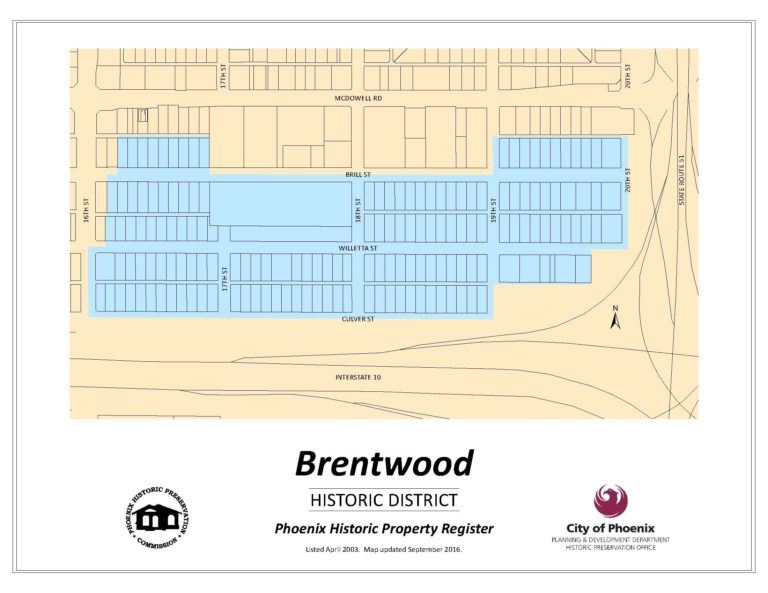HistoryLocated in midtown Phoenix, the Coronado neighborhood (often referred to as Greater Coronado) covers over 1-3/4 square miles (just under 1200 acres) and includes around 4,000 households. Three historic districts— Coronado, Country Club Park, and Brentwood—make up much of the neighborhood. The western side of Coronado was constructed largely between 1920 and 1930 and reflects the California Bungalow and Spanish Colonial Revival building styles; the northern side is predominantly ranch styles common of the 1940’s. Throughout the neighborhood you will find the occasional contemporary infill home. Much of our neighborhood falls within the Phoenix Historic Preservation zoning guidelines. Descriptions below for Coronado, Country Club Park, and Brentwood were excerpted from the March-April 2008 Dispatch article written by Donna Reiner, PhD. |



